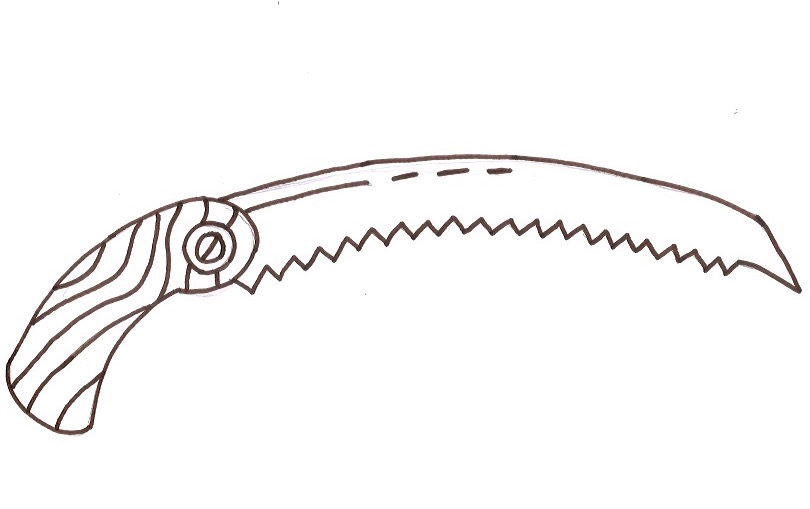I can remember when I was young along my grandparents property line was a huge wind-thrown oak or pine or some damn thing. There was a scattering of scrub growth and young forest about, which was slowly cleared away over the years, along with tree itself, I think because of the neighboring property development. It was a wetland of sorts, because my cousins and I would collect tadpoles from the pools and small ponds that would build up there even throughout the summer.
We called it The Big Tree. And besides it being a massive specimen, it and the microenvironment it created was a wild area on site where we would have to declare we were going to any adult that happened to be present, because in those days there wasn’t WiFi yet and if there was we didn’t know about it at that age. “We’re going to The Big Tree” rang like an incoming text constantly. The Big Tree was a lost land of adventure, it held all sorts of daring mystique, serenaded only by a relentless bullfrog, which I now realize was the sound of unlocking carbon in that otherwise silent and humid wetland.
So we would splash around in the water and hop up onto The Big Tree and jump down over the other side where more underbrush and grass and cattail grew up through the fallen monster.
I guess there is an irony in this memory of mine. It’s hard to not think about that huge rootplate now, that seemed to be fifteen feet tall looking up at it as a youngster. And the deep fissures in the bark I can remember because I walked along it so often.
Hell that thing may have still had leaves on it for all I know.
I wonder if it is no coincidence, this memory I have about The Big Tree. I’m thinking maybe this gives new context to the resilience of trees. The ability to withstand windstorms, and insects and diseases and decays and failures, and even more, after they are gone, survive the test of time in the mind.
I think about the reference to Diana Beresford-Kroeger’s work Jim Robbins mentions in his book I recently read wrote about in my last post. Her work with trees suggests how critical forests are to human health, suggesting those effects are far more extensive than we presently understand.
Maybe the aerosols that trees emit don’t just act as fungicides or pesticides or pollinator attractants, or the myriad of other ecosystem roles they play; maybe they also effect human memory in a sort of physiological or subconscious way. Could this qualify as resilience rooted in a tree’s biological functions?
“Terrestrial, as opposed to atmospheric, aerosols are released from the leaves of trees and other plants, sprayed out of something called glandular trichomes-microscopic structures on a leaf that look like the onion domes of Russian cathedrals, thousands of which grow at the end of a slender stalk. These biogenic volatile organic compounds include an array of alcohols, esters, ethers, carbonyls, terpenes, acids, and other compounds, and they have a lifespan of anywhere from minutes to months. The abundance of the chemicals depends on a range of factors, from the amount of sunlight to ambient temperature to the genetics of the tree and species. Their role in the life of the tree, the forest, the earth’s ecosystem, and the atmosphere is poorly understood largely because they are difficult to study and they have been considered unimportant,” (Robbins, 48).
I am sure that The Big Tree was a cesspool of these aerosols, it was the perfect environment, looking back now, as we splashed around chasing each other-all those terpenes and carbonyls were leaching out of the trichomes, and us kids were huffing it the whole time.
Could it be that these compounds have an effect on our memory too? That it’s not just the sights and sounds from the childhood trees we remember, but a chemical reaction that takes place just from being in the presence of them? Especially over the course of many years, even on a micro level, that’s a heavy dosage of active ingredient, given the right conditions.
Maybe the forest preserves itself this way too, with chemical compounds released into the atmosphere that sear our memory. Poorly understood because we experience the science masked in the form of jumping into a leaf pile, walking along the trunk of a fallen giant with cousins, or catching tadpoles in the shade of a giant, muddy root plate.
Maybe the monoterpenes don’t just offer health benefits, maybe they are like a time machine of sorts, that can take us back to the edge of Grandma’s yard.




Leave a Reply
Your email is safe with us.